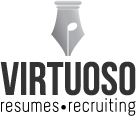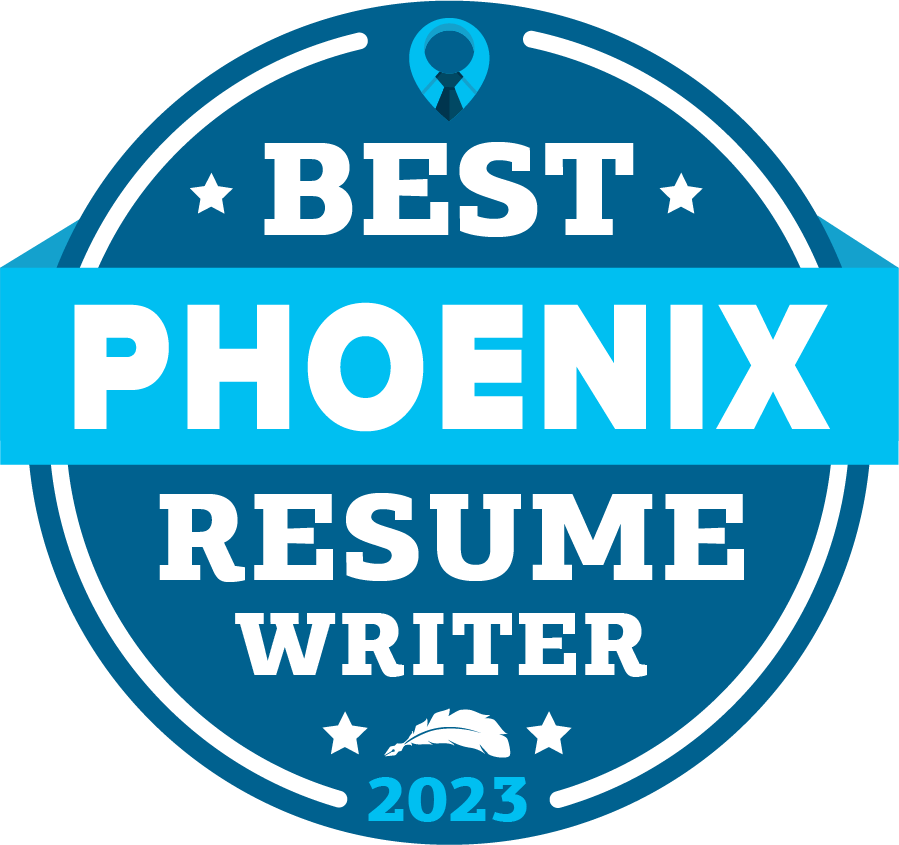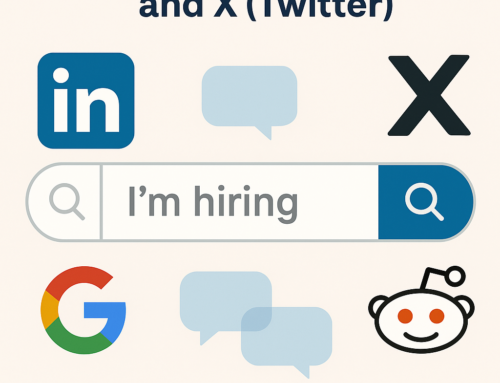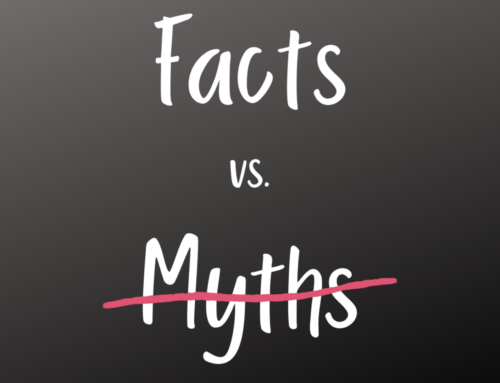Companies spent years debating Should we stay remote? Should we force everyone back to the office? And in the end, most landed on the ultimate compromise: hybrid work. Some days in-office, some days remote, and a whole lot of time spent pretending you love both equally.
For employees, this means adapting to a new normal that expects flexibility, collaboration, and a solid Wi-Fi connection. For job seekers, it means something even more important: your resume has to prove that you can thrive in both worlds.
Here’s the deal—employers are no longer just looking for someone who can show up in person and shake hands, nor are they searching for someone who only works best in sweatpants. They want someone who can balance the best of both worlds—collaborating effectively in-office while being equally productive at home.
So, what does that mean for your resume? It means you can’t just say you “worked in a hybrid role.” You have to show that you mastered it. Employers want to see that you can juggle virtual meetings, lead teams across different time zones, and still hit your goals no matter where you’re working from.
If your current resume makes no mention of hybrid work (or worse, still reads like it’s from a fully in-office world), it’s time for a refresh. Here’s exactly how to do it.
Step 1: Prove You Can Function in a Hybrid World
It’s one thing to say you’re great at working in a hybrid environment. It’s another thing to show it on your resume. Employers want to see evidence that you can manage projects, collaborate across time zones, and still be productive even when no one’s watching (or micromanaging).
What to Do:
- Mention hybrid, remote, or in-office experience in your job descriptions.
- Highlight tools and tech you’ve used to stay productive (Slack, Asana, Zoom, Miro, etc.).
- Show you can lead hybrid teams or coordinate between in-office and remote workers.
Example Resume Bullet:
🚫 “Worked remotely and in-office as needed.”
✅ “Managed hybrid team across three time zones, leading virtual meetings and coordinating in-office collaboration, improving project completion rates by 30%.”
See the difference? The second one screams “I’m adaptable and I make things happen”—which is what hiring managers want.
Step 2: Showcase the Skills That Matter in a Hybrid Role
Hybrid work requires a different skill set than fully remote or in-office roles. Employers aren’t just looking for someone who can show up—they want people who can navigate hybrid work dynamics without constant hand-holding.
Skills That Set You Apart in a Hybrid Job Search:
- Self-management & accountability (Can you get things done without someone hovering over you? Here’s a nice summary of skills to consider.)
- Digital collaboration (Can you make virtual teamwork actually work?)
- Asynchronous communication (Not everything happens in real-time—can you write a Slack message that doesn’t require a follow-up Slack message?)
- Adaptability (Can you switch between home-office mode and in-office mode without missing a beat?)
- Consider the technology (Do you know how to use remote synchronous and asynchronous tools, such as Teams, Zoom, or Trello?)
Example Resume Bullet:
🚫 “Skilled in collaboration and teamwork.”
✅ “Led cross-functional hybrid teams using Slack, Trello, and Zoom, streamlining communication and reducing project turnaround time by 25%.”
A hiring manager reading that second bullet is going to picture you making hybrid work seamless, which makes you way more hireable.
Step 3: Optimize Your Resume for Hybrid Job Searches
Even if your resume is perfectly written, it still needs to be searchable within applicant tracking systems (ATS) and actually land in front of human eyes.
What to Do:
- Use “hybrid” as a keyword in your job titles and descriptions (e.g., “Hybrid Project Manager”).
- Include the right mix of remote and in-office skills to hit ATS filters.
- Show measurable impact—companies want to see results, not just duties.
Example Resume Bullet:
🚫 “Worked from home two days a week while completing team projects.”
✅ “Increased team efficiency by 20% in a hybrid work environment by implementing digital collaboration strategies and balancing in-office team sessions with remote productivity tools.”
Step 4: Update Your LinkedIn (Because Hiring Managers Are Checking)
Your resume isn’t the only thing that needs a hybrid-friendly refresh—your LinkedIn profile does too. Hiring managers are looking at your profile before making interview decisions, so make sure it reflects your hybrid work expertise.
How to Optimize Your LinkedIn for Hybrid Roles:
- Update your headline to include hybrid-friendly keywords (e.g., “Marketing Director | Hybrid Work Leadership | Digital Collaboration”).
- In your About section, highlight your ability to navigate hybrid work models successfully.
- Add featured links or projects showcasing digital collaboration tools or case studies.
- Use skills endorsements for tools like Zoom, Asana, Microsoft Teams, or other hybrid collaboration platforms.
👀 Pro Tip: If your LinkedIn still makes it seem like you’ve only ever worked in an office, hiring managers may assume you’re not ready for hybrid work—even if you are.
Final Thoughts: Hybrid Work is the New Normal—Your Resume Needs to Show You Can Handle It
Hybrid work isn’t going anywhere. If you want to stand out in your job search, your resume needs to reflect that you can thrive in a flexible, tech-driven work environment. Here’s an additional article from yours truly about navigating ATS systems and one from LinkedIn.
What to Do:
✅ Show you’ve successfully worked in hybrid or remote settings before.
✅ Highlight specific tools and skills that make hybrid work successful.
✅ Use strong resume bullets that emphasize results, not just responsibilities.
✅ Make sure your LinkedIn profile supports your hybrid experience.
🔗 Need help making your resume hybrid-ready? As a professional resume writer, I specialize in crafting resumes that make an impact. Let’s talk.
#HybridWork #JobSearch #ResumeTips #RemoteWork #HybridJobs #CareerAdvice












